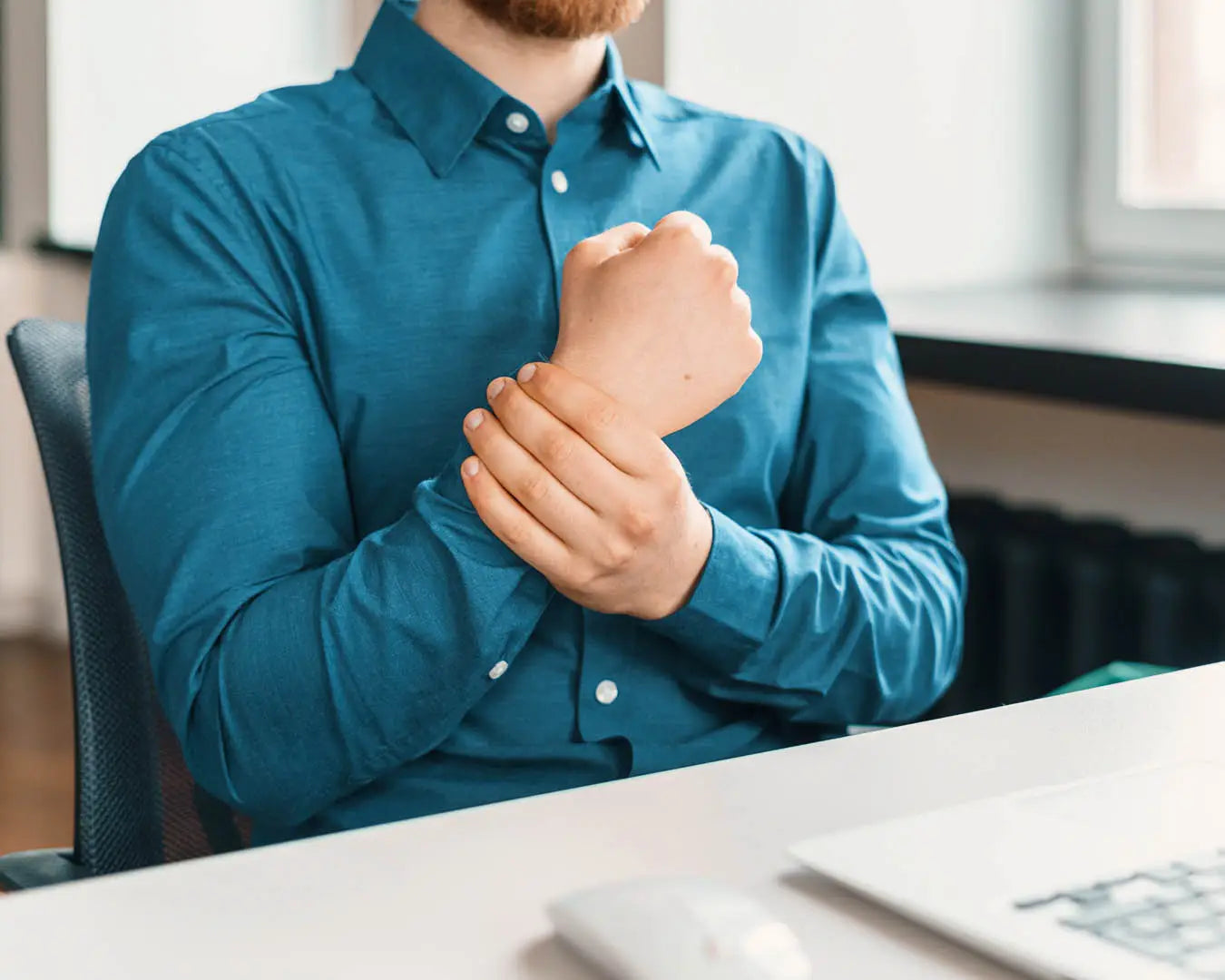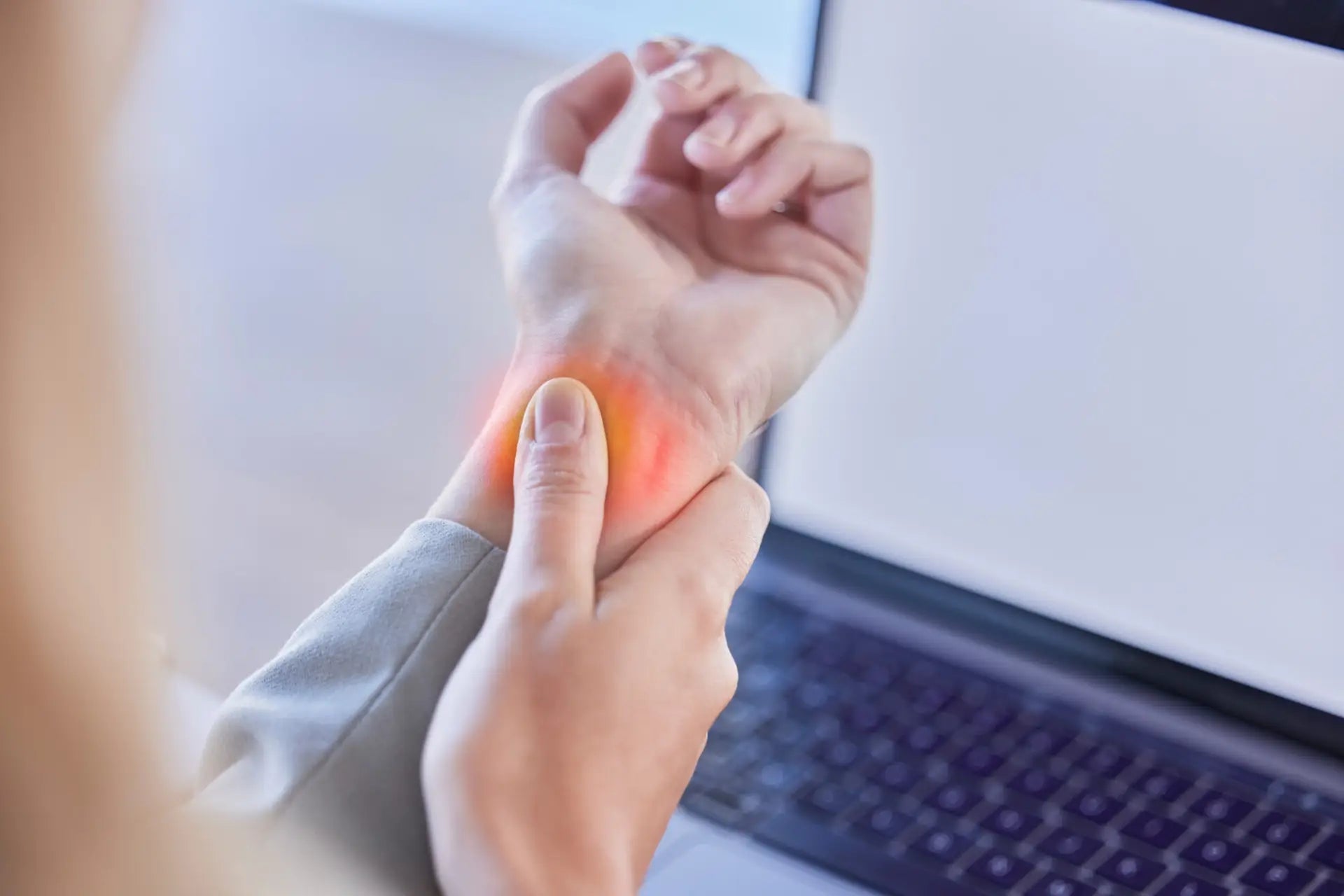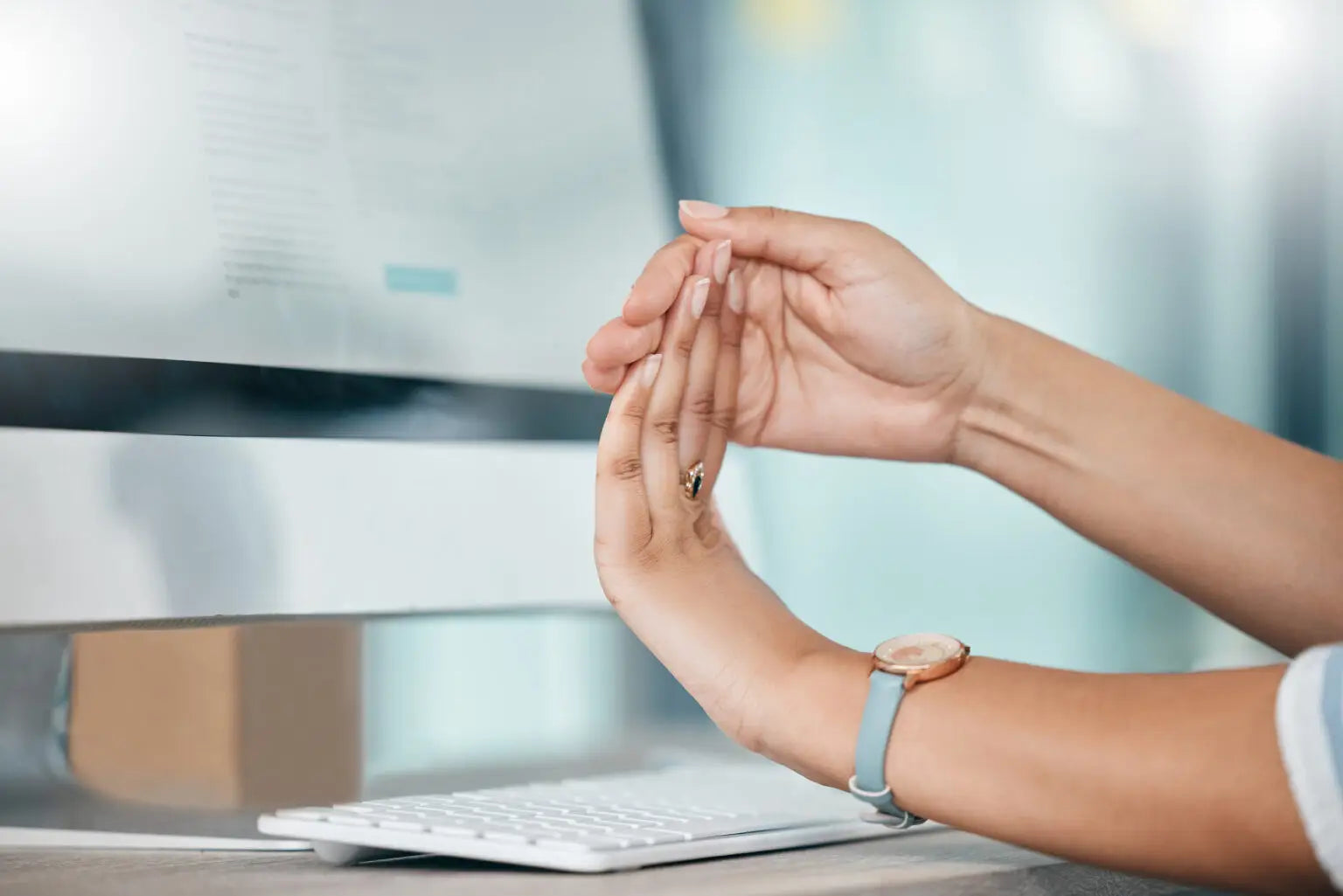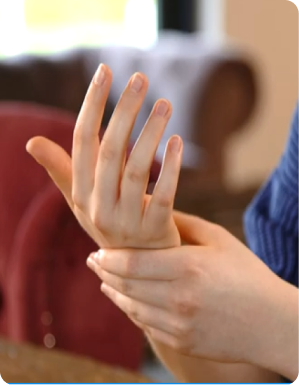
Median nerve irritation: causes, symptoms and treatment
Introduction - Median nerve irritation An irritated median nerve can lead to a variety of symptoms and can have a significant impact on quality of life. In this article, we will take an in-depth lo...

Why do arms fall asleep when lying down? 3 Causes
Introduction - why do arms fall asleep lying down? The phenomenon of the arms falling asleep while lying down can be uncomfortable and disrupt your sleep. In this article, we will look ...

Curpal experience - 91% of our patients would recommend Curpal® to others
Curpal experience - Curpal® is one of the so-called manual therapies for carpal tunnel syndrome and is regarded as a promising addition to conservative treatment options. Because Curpal® is a compl...

Carpal tunnel syndrome Pregnancy - numb hands?
Carpal tunnel syndrome during pregnancy: If you have recurring numb fingers, hands that fall asleep or pain in your hands and arms during your pregnancy, you probably have carpal tunnel syndrome. T...

Carpal tunnel syndrome - the use of curpal
Treating carpal tunnel syndrome (CTS) requires more than just occasional visits to the doctor; it's an ongoing effort, integration into everyday life and a commitment to the health of your hand. Th...

From fingers to wrist: the flexion-compression test and the diagnosis of carpal tunnel syndrome
The flexion compression test in a short video: How to test for carpal tunnel syndrome. The flexion compression test is an important part of the examination to diagnose carpa...

Phalen test: 3 simple ways to diagnose KTS
The Phalen test is a quick and easy way to diagnose carpal tunnel syndrome. This test does not require any special equipment and can easily be carried out at home. If you notice symptoms such as p...
FAQ
Frequently Asked Questions
Are there any studies that have investigated the effectiveness of curpal®?
curpal® is one of the so-called manual therapies. A prospective randomized study has come to the conclusion that manual therapy, which includes the use of curpal®, is just as effective as surgery. The study compared the effects of a surgical procedure with weekly manual therapies. In the study, 50 of the 100 participants underwent surgical treatment. All had pain and sensory disturbances in the area supplied by the median nerve for at least 6 months. According to the study, the patients who received manual treatment even reported less pain after 3 months than those who had undergone surgery. The results of this study are consistent with the feedback from our patients. Click on this link if you would like to see the study, which was published in the Dt. Ärzteblatt.
Does treatment with curpal® have side effects?
Treatment with curpal® has no side effects. If necessary, you can use curpal® in consultation with your doctor. This is especially true for people with osteoporosis.
Does the health insurance company cover the costs for curpal®
Although curpal® has medical approval, it is not yet listed as an aid in the catalog of reimbursable products. This is why the purchase costs of the device are not routinely covered by health insurance. However, we recommend that you always ask your own health insurance provider.
How should you use curpal®?
curpal® should initially be used daily for 6 to 8 weeks, approximately 3 x 3 x 3: you take curpal® three times a day and pump up the device three times with each use, allowing the stretch to take effect for three minutes each time. The symptoms often subside significantly within the first 3-6 weeks, so that treatment can then be reduced. After around 8 weeks, treatment with curpal® is required either preventively or only when pain symptoms return. The effort required to use curpal® is minimal, 3 x 3 minutes per application is sufficient.







